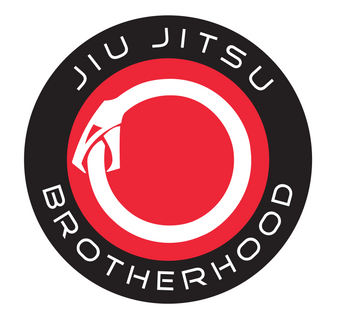This article was written by Tom Renshaw. Tom is a purple belt and sometime competitor with a background in education, who writes about Jiu Jitsu, mindset, and learning – always with a coffee in hand and curiosity to spare.
Ever feel like you’re training hard but not getting the returns you hoped for?
You’re showing up. Rolling. Drilling. Watching instructionals. But somehow, progress feels... uneven. Some areas are improving fast, while others are stuck in quicksand.
That’s where the Pareto Principle comes in.
Also known as the 80/20 Rule, it’s the idea that 80% of outcomes come from 20% of inputs. It originated in economics, created by a 16th-century economist called Vilfredo Pareto, but the principle applies beautifully to skill-based disciplines – like Jiu Jitsu.
Let’s break it down.
What Does 80/20 Look Like on the Mat?
In Jiu Jitsu terms:
- 80% of your success in sparring probably comes from 20% of your techniques.
- 80% of your guard passes might come from 2-3 key passes.
- 80% of your taps might come from your top 2 submissions.
So why are we spending equal time drilling every possible sweep, submission, and back escape under the sun?
You don’t need more moves. You need to know which ones are doing the heavy lifting.
Find Your 20%
Start by asking yourself:
- What positions do I end up in most often?
- Which techniques have the highest success rate for me?
- What areas consistently give me trouble?
Track it for a couple of weeks. Use a notebook. Use your phone. Use memory if you’re old school. The point is to get a clearer view of your actual game – not the one you think you have.
Once you’ve found your 20%, double down on it.
Sharpen Your Weapons
Let’s say you discover that your triangle from closed guard gets you most of your finishes. Great. Now go deep:
- Improve your setups.
- Troubleshoot the common counters.
- Drill your finishing mechanics.
- Learn transitions off failed attempts.
This is where mastery happens. Not by knowing 50 different submissions, but by understanding one better than anyone else in the room.
Cut the Fat (Without Guilt)
Here’s the liberating part: you can safely ignore large chunks of the curriculum – at least for now.
You don’t need to be amazing at leg locks, lapel guards, and worm guard if your passing game and back control are your bread and butter.
Will you eventually explore other areas? Sure.
But right now? Focus on what gets results.
It’s not lazy. It’s strategic.
This Isn’t Just About Winning
Here’s where I get a little personal.
I used to train like I was collecting stamps – trying to “complete” my Jiu Jitsu game. Every time I saw a new move, I’d add it to the pile. But after years of frustration and burnout, I realised: I was spreading myself too thin.
When I finally started applying the 80/20 mindset, things shifted. I felt more focused, more confident, more dangerous. And funnily enough, my game started expanding naturally – from a stronger foundation.
How You Can Apply This Today
Here’s a simple plan:
- Track your rolls. What are you using most? Where are you losing?
- Identify your top 2-3 positions or techniques. This is your 20%.
- Devote 80% of your drilling and study time to improving those areas.
- Review and refine monthly. Your 20% may shift as you evolve.
- Stick with this for 4-6 weeks. You’ll be surprised how much cleaner, sharper, and more confident your game feels.
Final Thoughts
The Pareto Principle isn’t magic – but it’s close.
It gives you permission to simplify. To focus. To train smarter, not just harder. And in a sport as complex as Jiu Jitsu, that edge can make all the difference.
Remember: you don’t need everything to work. You just need the right things to work well.
Why not give it a try?










0 comments